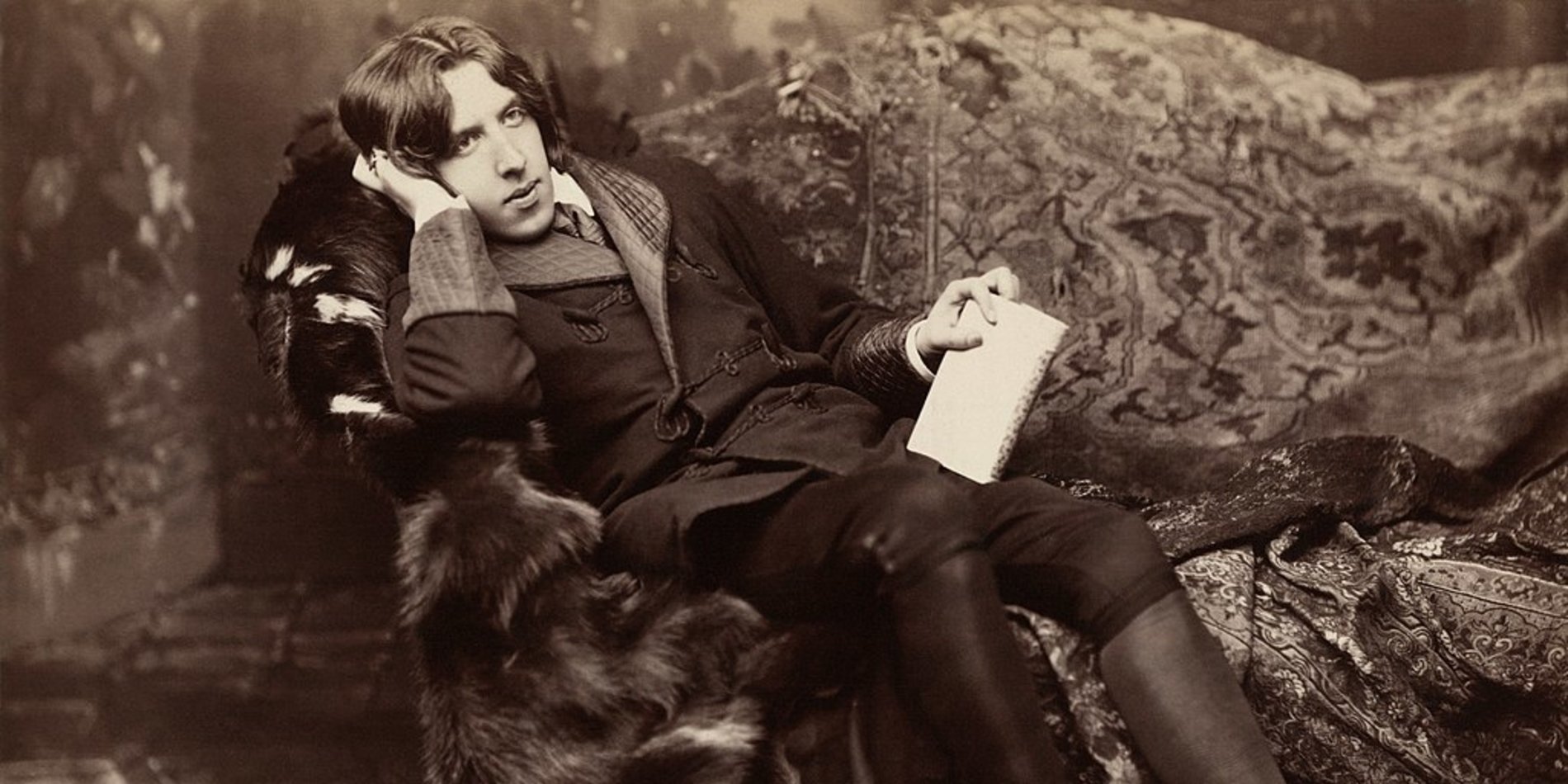General Education Requirements
Course Description
Literature and art reflect social reality, and the detective novel is one of the characteristic forms of urban culture. Detective protagonists almost always work and live in a specific city, and murder mysteries and other forms of crime fiction in video and film link the literature of crime to clearly identifiable urban places, times, and sensibilities. Why? Is it simply a fear of crime? A fascination with criminality and the excitement inherent in the dark side of city life? Or is it something even deeper, something about the experience of urbanization itself?
This seminar will analyze the connections between three cities (London in the 1880s and 1890s, San Francisco in the 1920s and 1930s, and Shanghai in the 1980s and 90s) and three fictional detectives (Arthur Conan Doyle's Sherlock Holmes, Dashiell Hammett's Sam Spade, Raymond Chandler's Los Angeles, and Qui Xiaolong's Chief Inspector Chen). The texts for Sherlock Holmes will be a handful of Doyle's short stories, as well as Robert Louis Stevenson's Dr. Jekyll and Mr. Hyde and Oscar Wilde's Picture of Dorian Gray. The broader context will be the social turbulence of London and other English cities embodied in philosopher and social scientist Friedrich Engels; Charles Dickens; and Jack the Ripper.
The second set of texts will focus on Sam Spade in The Maltese Falcon (book and movie) and Raymond Chandler's The Big Sleep. The context will be sources on the history of San Francisco in the 1920s and Los Angeles in the 1930s, focusing on the class and gender conflicts in the Jazz Age and the Great Depression.
The text for Inspector Chen will be Qui Xialong's first novel about the inspector, Death of a Red Heroine. The context will be sources on the history of Shanghai and the explosive pace of Chinese urban and economic development during the period of market reform beginning in the 1980s and continuing today.
Meet the Instructor: Frederic Stout

From 1973 to 1976, Frederic Stout served as the first director of the Program on Urban Studies at Stanford and has been a lecturer in that program ever since. He has taught urban history, urban planning theory, and urban culture studies at Stanford and is especially interested in issues of urban planning theory, urban mobilities, and the development of modern visual culture. He created the Co-terminal Teaching Program with the Stanford Teacher Education Program (STEP), and served for many years as Stanford's faculty representative to the Truman Scholarship program. He is the coauthor/co-editor of The City Reader (now in its 6th edition), the most widely adopted textbook-anthology in the field of Urban Studies. The Chinese City Reader was published in 2013 by China Architecture & Building Press, Beijing.



